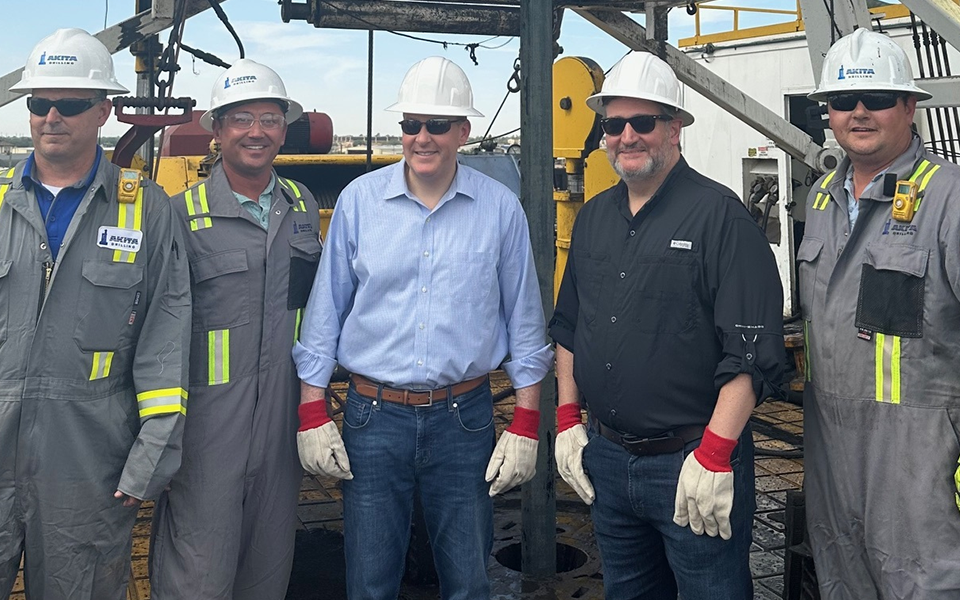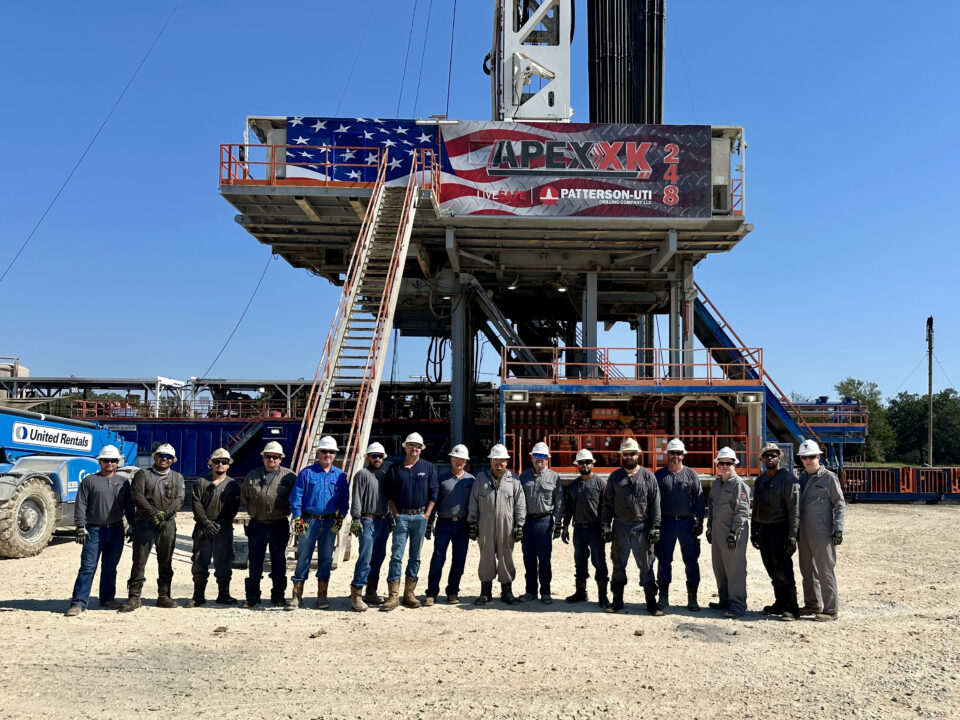Gas and Oxygen Welding and Cutting
Gas and Oxygen Welding and Cutting
Welding and cutting can be safe operations, if sound safety rules are followed. If short cuts are taken or proper procedures are not followed, then welding and cutting can become a hazard.
When you are working with gas welding and cutting operations, there are a number of safety procedures to follow. Only qualified welders should perform cutting or welding. Cutting or welding on the derrick or substructure should be done by welders who are certified as per manufacturer’s recommendations and the welders should follow the manufacturer’s recommended procedures.
- Proper fire prevention equipment should be on hand before cutting or welding begins. A trained fire watch should be maintained. This person should stand by with a fire extinguisher.
- Assure no sparks, flame or hot slag will be blown into any combustible material. Remove or shield all flammable or combustible materials before welding begins.
- Ensure adequate ventilation will be provided while the cutting or welding is in progress.
- Persons assisting welders should wear proper clothing to protect all parts of the body against burns.
- Vapors from welding can be harmful. Ensure adequate ventilation when welding on bronze, brass, galvanized iron, and surfaces coated with paint containing lead and alloys, which might produce harmful fumes. If the area can’t be ventilated, wear proper respiratory protection. Welding in enclosed areas can cause heat stress.
- After all cutting and welding, the work area and surroundings needs to be inspected for possible fires.
- All cutting and welding equipment should be inspected prior to use. Oxygen and acetylene hoses should be inspected for leaks, damaged fittings, etc., on a job‑to‑job basis.
- Cylinders containing oxygen, acetylene or other fuel gas are not to be taken into confined spaces.
- Cutting torches must not be left unattended in tanks or void spaces because leaks could cause an explosion. When work is suspended for a period of time, the torches should be removed from the confined space.
- Always attach the proper regulator before using gas from the cylinder.
- Open cylinder valve slowly to prevent damage to the regulator. Opening the cylinder valve rapidly before attaching the regulator to clear the fitting of debris could cause the regulator to explode.
- Secure cylinder bottoms off the ground to protect them from rusting.
- A leaky cylinder should never be used. Never use a flame to test for leaks. Use only soapy water.
- Never use the oxygen from the welding oxygen bottles for breathing air.
- An acetylene cylinder valve should be opened no more than 1 ½ half turns of the spindle.
- To reduce the chance of a possible explosion, use acetylene and oxygen bottles in the upright position.
- Cylinders should be stored in a dry, well-ventilated place. Cylinders of oxygen should not be stored within 20 feet of cylinders containing flammable gases.




